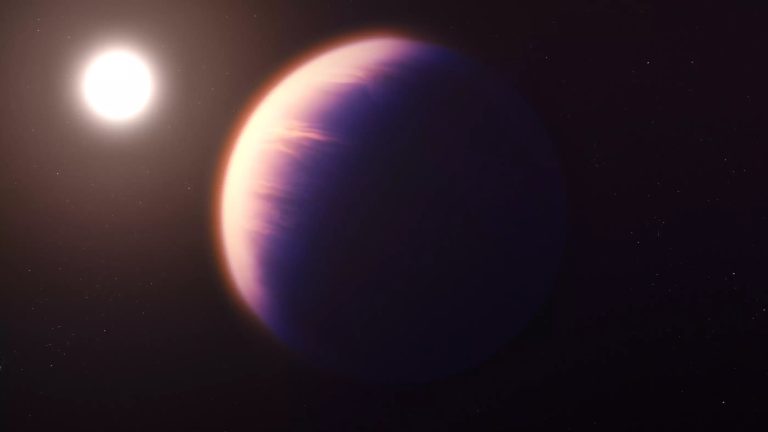James Webb has now taken a deeper look at an alien planet located 700 light-years away from our Sun. The planet in question is WASP-39b, and as of now, it’s the best-explored planet outside of our solar system.
This exploration was made possible by James Webb’s ability to use infrared light to dig deeper into the alien planet’s atmosphere. This, along with the data that Webb has captured about the planet prior to these observations, has helped astronomers nail down more details about the exoplanet.
WASP-39b is a boiling Saturn-like planet. With these new observations, James Webb has deciphered more about the planet’s chemistry and allowed astronomers to test new methods to detect extraterrestrial life, which scientists believe exists in some manner within our universe. Though the hunt has been less than fruitful so far, this could change things.

If WASP-39b sounds familiar, it’s because I’ve reported on this alien planet and James Webb’s observations of it in the past. Back in August, the space telescope detected carbon dioxide in the exoplanet’s atmosphere, a major breakthrough for astronomers and the hunt to better understand our universe’s various planets.
With these new observations by James Webb, though, scientists are putting together more pieces regarding the alien planet and its atmosphere. New data suggests that WASP-39b is shrouded in thick clouds that contain sulfur and sulfates. These chemicals interact with the light of the planet’s star, creating a reaction similar to how Earth’s atmosphere produces ozone.
It’s an intriguing discovery and one that could help pinpoint new ways for James Webb to observe alien planets like this. With the space telescope already giving us the most detailed look at Orion’s Nebula and other regions of space, it’s exciting to think of the additional possibilities it brings to the table for the future of astronomy.








